|
Northern Harrier looking for breakfast at Historic Canoa Ranch in the middle Santa Cruz Valley to the west of the lake and cienega. This view is looking east toward the Santa Cruz River. Historic Canoa Ranch comprises approximately 4,800 acres of permanent open space and wildlife habitat, originally the southern end of the 500,000 acre Manning homestead and ranch. It is being restored with the help of the Pima County 2004 Historic Preservation Bond Program approved by voters in 2004. Entrance to the park is off of I-19, just south of Green Valley, see map below. When the ranch was active in the 1930's and 1940's the Mannings created a lake which dried up after the ranch closed down but has now been restored with an adjacent cienega to the north, see the photograph of the interpretive signage below. The Santa Cruz River and the De Anza Trail run through the property on the eastern side. The location of the park in the Santa Cruz Valley, combined with the lake and cienega make it an ideal location for a wide variety of birds. (Reference: The History of Canoa Ranch) Great Blue HeronCanon R6, RF 100-500mm with 1.4x Extender, 420mm, 1/2000 sec., f/10, ISO 1000, -1/3 EV. Great Blue Herons are common visitors to the lake, but on Wednesday November 9th this heron decided to look for food to the east, taking him over the walking path, and through the fence. It is hard to "go wide" with a telephoto lens and extender, so I got some really "up close and personal" shots. This bird did not seem bothered by the several birders on the trail. In the image below, the heron is fishing in the shallows to the east of the lake. They use their long sharp bill to spear fish as well as amphibians, reptiles, small mammals, insects, and other birds. Vermilion FlycatcherCanon R6, RF 100-500mm with 1.4x Extender, 700mm, 1/5000 sec., f/10, ISO 2500, +2/3 EV. The Vermilion Flycatcher is a Tyrant Flycatcher in the Family Tyrannidae, Order Passeriformes. They are regular residents of SE Arizona, including the city of Tucson. The female is shown at Canoa Ranch above, sitting on a branch waiting for a flying insect to come by.
Now that we know what a mature male looks like, let's take a look at the three images below captured at Canoa Ranch last Wednesday. This is an immature male just coming into adult plumage with red coming into the breast and head. Many immature birds will look like mature females initially, and this bird on this day looks like a gemish of mom and dad. Soon he will be a bright red male, but right now he is at that awkward stage. Please don't laugh, he might hear you! Canon R6, RF 100-500mm with 1.4x Extender, 700mm, 1/3200 sec., f/11, ISO 10000, +1/3 EV. White-crowned SparrowCanon R6, RF 100-500mm with 1.4x Extender, 700mm, 1/2000 sec., f/10, ISO 640, +1/3 EV. White-crowned Sparrows breed in the northwest U.S. and Canada and far north across Canada and into Alaska. They winter in the U.S. and Mexico, being regular winter visitors in Arizona. They are large sparrows with a small bill and long tail. Mature birds have bold black and white stripes on the head, with a pink or yellow bill. Expect to see them around the lake and in the cienega on almost any trip to the ranch. Northern HarrierCanon R6, RF 100-500mm with 1.4x Extender, 700mm, 1/5000 sec., f/11, ISO 10000, +2/3 EV. Northern Harriers are raptors present throughout North America, breeding in the north central U.S. and into Canada, and wintering to the south, including Arizona. They feed on small mammals and birds, and have a distinctive hunting behavior, cruising low over fields with their head angled down at 90 degrees. Unlike other hawks they depend on auditory as well as visual cues to find prey, and have facial discs similar to owls. They have the ability to hover over their prey before diving for the kill. So, when the British developed a fighter jet in the 1960's that could fly and hover, they named it the Harrier. This bird is on the hunt cruising over the fields to the north and east of the lake. It was a windy day, and he was riding on the wind looking for prey below. Canon R6, RF 100-500mm with 1.4x Extender, 700mm, 1/5000 sec., f/11, ISO 10000, +2/3 EV. The image below was taken at White Water Draw in November of 2015. I was fortunate to find this bird cruising right in front of the walking path. One can see the typical position of the head while hunting and the owl like facial discs. Canon 6D with Sigma 150-600mm C at 600mm, 1/2000 sec., f/9.0, ISO 800, 0 EV. Red-tailed HawkCanon R6, RF 100-500mm with 1.4x Extender, 700mm, 1/2500 sec., f/10, ISO 2500, +2/3 EV. The Red-tailed Hawk is probably the most common raptor in North America, living year round throughout the U.S.and breeding in Canada and Alaska. They have variable plumage with colors varying from dark (most common) to light (seen here) and rufous (red) morph, but with a universally reddish dorsal (upper side) tail. They have broad rounded wings and a short wide tail, with a dark bar, seen clearly here, between the shoulder and the wrist. The red tail is best seen from above. Their diet consists mostly of small mammals, and occasional birds and snakes. This bird was soaring above the fields on both sides of Interstate 19. I think the reddish tail can be seen in the last two frames. American KestrelCanon R6, RF 100-500mm with 1.4x Extender, 700mm, 1/2000 sec., f/11, ISO 4000, +1 1/2 EV. Not only did we see a Red-tailed Hawk sailing on the winds, but two other raptors, the American Kestrel seen here and the Merlin which follows. The American Kestrel is North America's smallest falcon, roughly the size of a Mourning Dove, but with larger heads. They commonly perch on high branches or telephone wires, grabbing insects in the air or mice and voles from the ground. They frequent open areas with short ground vegetation and sparse trees, including meadows, grasslands, parks and farm fields, as well as more urban locales. Here we see a Kestrel soaring on the wind, likely taking advantage of a windy day. In general birds will look for food in the most efficient manner. Most hawks and vultures will wait for rising thermals before taking to the air, moving south during the winter to take advantage of warmer winds. For good images of a perched female American Kestrel eating lunch, see this post from 2021, Lunch Time in Ft. Lowell Park. Note: if seeing a bird eat another bird is not your thing, skip the link and continue to read below . . . . MerlinCanon R6, RF 100-500mm with 1.4x Extender, 700mm, 1/2000 sec., f/10, ISO 1250, +1 EV. Wednesday was a big day, two falcons in the air! Merlins are described as fierce falcons that use surprise attacks to bring down small songbirds and shorebirds. They live in northern South America, and throughout Central America, Mexico, the U.S. and Canada, wintering to the south and west and breeding in northern Canada and Alaska. This bird is a winter resident. They are not much bigger than an American Kestrel, they are heavier, and known for rapid wingbeats and dark coloration. Like all raptors, the female is larger and heavier than the male. Of note: Medieval European noblewomen, including Catherine the Great and Mary Queen of Scots, used Merlins for sport to hunt Skylarks. (Ref: All About Birds). Spotted SandpiperCanon R6, RF 100-500mm with 1.4x Extender, 700mm, 1/2000 sec., f/10, ISO 1000, -1 EV. Spotted Sandpipers are small shorebirds common in the U.S. coast to coast, often well away from any "shore." They breed in the northern half of the U.S. and into Canada and Alaska, and winter south almost to the tip of South America. This bird is wintering in SE Arizona in winter plumage, without spots on the breast. Spotted Sandpipers eat mostly small invertebrates such as midges, mayflies, flies (particularly their aquatic larvae), grasshoppers, beetles, worms, snails, and small crustaceans. Spotted Sandpipers are active foragers—in addition to probing into sand or mud with their bills like most sandpipers, they also lunge at moving prey, pick insects off plants, or snap at airborne prey. To show that Spotted Sandpipers do in fact have spots in breeding season, I have included an image from Pipe Creek on Lake Erie from May of 2022, below, a breeding adult with spots! RedheadCanon R6, RF 100-500mm with 1.4x Extender, 420mm, 1/2000 sec., f/10, ISO 3200, +1 EV. Let's close with one of the many ducks that float and feed on the pond at the ranch. Above is an adult male Redhead, a duck that winters in Arizona and the southern U.S. and all of Mexico and breeds in the Great Plains and the western U.S. as well as Canada. The males sport bright cinnamon-red heads, black chest and rear and gray body. The bill is gray with a black tip. They are diving ducks who may also dabble in shallow waters, eating submerged plants, as well as invertebrates, fish eggs, as well as snails, mussels and clams. Special thanks to my friend and photography/birding buddy Bob Reese for his quick eye spotting flying raptors, and his rapid bird ID. I would have missed about half of the content of this blog without him! That's all for now.
It is a great time to visit Historic Canoa Ranch! Happy Trails!
2 Comments
 Crested Caracara in the air, October 31, 2022. It is now November in Tucson, and cool weather has returned to the desert. The Arizona-Sonora Desert Museum, a "cool place" year round, is now, well, cooler. With the cooler weather comes the return of Raptor Free Flight with one flight a day at 10 am, every day but Wednesday through April 9, 2023. For more on the museum and free flight in the past, see my posts from November 2015, Raptors at the Arizona-Sonora Desert Museum, December 17, 2016, Late Fall in Tucson, Birds East to West, and October 25, 2017, What is a Caracara, and why should I care, or, care, or, or, . . . whatever . . . On Halloween I arrived when the museum opened, and was greeted by a volunteer just outside the gate with a Burrowing Owl. Canon R6 with RF 100-500mm at 300mm 1/1000 sec., f/5.6, ISO 3200, +2/3EV. Burrowing Owls live year round throughout the Americas, including SE Arizona, migrating north to breed in the U.S. west of the Mississippi and into Canada. They live underground in burrows and hunt insects and rodents during the day. For more on this special bird, see my post of January 14, 2018, Santa Cruz Flats, where we found them in their natural habitat south and west of Picacho Peak. The post also has photos of two other birds we will see today at the museum, the Great Horned Owl, and the Crested Caracara. Next stop, the entrance to the museum. I have an annual pass (highly recommended for Tucson residents), members gate to the right. The museum is well staffed with knowledgeable volunteers. If you have an annual pass, you get free coffee (it is very good!) at the cafe adjacent to the gift shop, to the left as you enter the museum. The patio, photo below, is a great place to start your day, and who can pass up a good cup of coffee on a chilly morning? The morning sun lit up the desert adjacent to the cafe, image below. Not far from the cafe I found this Cactus Wren, up close right next to the path, and pretty oblivious to my presence. I was able to catch this image before he decided to move on to the next bush. Canon R6 with RF 100-500mm at 186mm 1/1000 sec., f/5.0, ISO 1600, +2/3EV. The Cactus Wren is a year round resident of the deserts of SE California, southern Arizona and New Mexico as well as southern Texas and the low lying deserts of Mexico including Baja California. They eat mostly spiders and insects but also fruit. They get the majority of water from the food they eat, rarely drinking standing water, a real survival advantage for a desert dweller. They are known for uttering a ratchety-ratchety sound (noise?) reminiscent of someone trying to start a very old Ford! Note for the photo geeks: This was shot with a Canon R6 with a RF 100-500mm zoom lens at 186 mm, 1/1000 sec, f/5.0, ISO 1600, +2/3 EV. I cannot tell how close I was to the bird from the camera data, but I do know that the RF 100-500 will focus as close as 90 cm, just under three feet, and I was probably at the limit. This is very close for a zoom lens. So, if you are in the market for a zoom lens for birding, check the minimal focus distance. There is a real advantage to being able to focus up close. If you have not been to Raptor Free Flight before, grab a map or ask a volunteer, and follow the little round signs. The path meanders downhill to the viewing area just below Cat Canyon off of the eastern portion of the Desert Loop Trail. On a clear November day, after a night of rain, views from the trail are spectacular. Plan on arriving at the viewing area about 9:30 am to get a good spot. Bring lots of water; even in the winter it is dry. Chihuahuan RavenCanon R6 with RF 100-500mm at 500mm 1/4000 sec., f/7.1, ISO 2500, +1EV. The Arizona-Sonora Desert Museum has 2 Chihuahuan Ravens in residence, both birds rescued and unable to return to the wild. Chihuahuan Ravens are smaller than Common Ravens, with longer nasal bristles and white bases to the body feathers, which we might be able to see in the image above. These characteristics may be difficult to distinguish in the field, unless both species are side by side. Chihuahuan Ravens live in the southern central U.S. and Mexico, including Texas, New Mexico and portions of Arizona. They prefer hot, dry, open country with grasslands, generally away from urban populations. Most of the ravens we see in and around urban Tucson are Common Ravens, with the Chihuahuan population more likely seen out in the surrounding rural desert. Canon R6 with RF 100-500mm at 500mm 1/4000 sec., f/7.1, ISO 2500, +1.5 EV. Image above, a Chihuahuan Raven on a trainer's glove. Below, one of the pair comes in for a landing at the Cat Canyon overlook. Cat Canyon is another spot to view the Raptor Free Flight, especially if you are not up for the trek down the Desert Loop Trail. Canon R6 with RF 100-500mm at 500mm 1/4000 sec., f/7.1, ISO 1600, +1 EV. And below, taking off! Great Horned OwlCanon R6 with RF 100-500mm at 114mm 1/4000 sec., f/5.6, ISO 320, 0 EV. The most common owl in North America, the Great Horned Owl is a large bird with a thick body, broad and rounded wings, and two feathered tufts on the head. They have excellent night vision due to large eyes with many black and white sensitive rods in the retina which facilitate seeing things in low light and detecting motion. All necessary when your food supply is dependent on hunting at night. Their eyes do not move in their sockets; rather these owls can swivel their heads 270 degrees in either direction providing a comprehensive view of their environment. Great Horned Owls are covered in soft feathers that keep them warm in winter and help them fly very quietly in pursuit of prey. Since they hunt at night, and neither soar nor migrate, their feathers are designed specifically for soundless flight over short distances with good lift and maneuvering capability. Keep your eyes open; you will not hear them coming! Canon R6 with RF 100-500mm at 114mm 1/4000 sec., f/5.6, ISO 400, +1/3 EV. Below, the owl comes in for a landing, heading for the fresh meat the trainer has put out on the branch. After placing the food and signaling the bird, the trainer ducks low keeping their head down. We can see the large talons on the owl's feet. Canon R6 with RF 100-500mm at 114mm 1/4000 sec., f/5.6, ISO 400, +1/3 EV. Great Horned Owls have four toes on each foot. The image above shows the owl taking off and gives a good view of the right foot, detail below. The outermost toe can rotate forward or backward depending on their needs in handling prey. The cropped image below shows the 4th toe in the outer position, and I think we can see how it could rotate to create a 2 forward and 2 back, or 3 forward and 1 back option. Most raptors have fixed anatomy with 3 toes forward, and 1 back. Below our owl nibbles its "prey." I have noticed that this bird, resident of the ASDM for many years, closes its eyes when it bites down on food. This may be a reflex behavior to protect the eyes when attacking large prey. Note that Pileated Woodpeckers will deploy the nictitating membrane over the eye with each "hammer" of the bill to protect it from flying wood chips. (NATURE S41E3 Woodpeckers: The Hole Story).
Crested CaracaraCanon R6 with RF 100-500mm at 186mm 1/4000 sec., f/5.6, ISO 800, +2/3 EV. The Crested Caracara is a very interesting bird, being a tropical vulture in the falcon family. They live year round from South and Central America into Mexico, coming as far north as Arizona, Texas, and Florida. The Crested Caracara is not a picky eater, consuming insects, fish, birds, and small mammals as well as carrion (dead stuff). Note the lack of feathers on the face, similar to other vultures. To see this bird 5 years ago when he was a juvenile, see my post from 2017: What is a Caracara, and why should I care, or, care, or, or . . .whatever.... To see this bird in the wild, see my post from 2018: Santa Cruz Flats. Images below, the bird in flight on October 31, 2022. For the photo geeks: Canon R6 with RF 100-500mm lens, 114 mm, 1/4000 sec., f/5.6, ISO 640, +2/3 EV. Post production processing in Adobe Lightroom, and Photoshop. Full disclosure: This otherwise great photo was compromised by a rather large gray sunhat worn by my neighbor to the left. Although I am a big fan of UV protection, the hat did not add anything to the image, so I managed to eliminate it. Photoshop's AI program decided to replace it with an irregular desert mesa (left 1/3 of the image) that unfortunately bears no resemblance to the terrain on the museum property. The sky replacement program cleaned up the sky. The bird was not touched or modified in any way. Crested Caracaras have dark wings on the back with white tips, a predominantly white tail with dark tips, white neck, mottled breast and black cap. They are part time vultures, so if you see a flash of black and white on the road out in the desert, don't be surprised. These birds are tough to find and photograph in the wild, as we saw at Santa Cruz Flats. So, Raptor Free Flight is a great opportunity to see this beautiful bird up close. Image below, what it is all about, eating! The underside of the wings have a lighter appearance than the back. Look closely, and you can see his tongue bringing in his food. Note that birds have tongues, but no teeth. Any crunching, grinding, ripping or tearing is done by the bill, usually customized to match the bird's diet. Harris HawkCanon R6 with RF 100-500mm at 114mm 1/4000 sec., f/5.6, ISO 1250, +1 EV. Harris Hawks are very social raptors of southern Arizona and Texas, as well as portions of Mexico, Central and South America. They live and hunt together, working cooperatively to isolate prey and make the catch. The ASDM has a number of Harris Hawks but 5 usually fly in a family group on any given day. Above is one of them posing for a photo. They are handsome birds with long legs and long tails, with brown/reddish brown markings, a white rump and white band across the tail. As a group they put on a great show to finish up the free flight session. Below is another member of the family; note the metal band on the right leg. Above and below, two members of the team on branches. Note the band on the left leg of the lower bird. Males and females look alike, with females being larger, weighing up to twice as much as males. Note that for all the raptors the females are larger. Below, one of the hawks goes after food left on the branch, with his/her wings lifted. Canon R6 with RF 100-500mm at 254mm 1/4000 sec., f/5.0, ISO 2000, +1/3 EV. Above, the bird with the left leg band in the air. The characteristic tail markings are evident, as well as the dark flight wings and reddish-brown shoulders. The leg feathers fit nicely into the bird's underside and the legs tuck in. At one point almost all of them were circling right above us, putting on a good show. Below, two birds landing together going after food. Canon R6 with RF 100-500mm at 100mm 1/4000 sec., f/4.5, ISO 640, +1 1/3 EV. Above, taking off for the next stop. The reddish-brown feathers extend well down the legs, and in flight merge into the feather undercarriage, as noted in the earlier in flight image. Canon R6 with RF 100-500mm at 500mm 1/4000 sec., f/7.1, ISO 1000, +1/3 EV. Images above and below, one of the hawks lands on a volunteer's glove at the Cat Canyon overlook. Harris Hawk's social nature and relative ease around people make them popular with falconers. (Reference: All About Birds). And, in closing: Not-a-raptor, Nor flying, a Lilac-crowned Parrot (!!!??)Canon R6 with RF 100-500mm at 176mm 1/1000 sec., f/5.0, ISO 125, - 1 1/3 EV. After Free Flight as I was working my way back up to the entrance, I found a volunteer just off of the path with an ASDM resident, a Lilac-crowned Parrot, sometimes called the Lilac-Crowned Amazon. These parrots live year round on the Pacific Slope of Mexico. This bird has been a resident of the ASDM for some time, and today was preening, with just enough time to strike a pose for the photographers! Many thanks to Dan Weisz for his excellent narration on Monday, and for his help reviewing this text and guidance on details about the Great Horned Owl and the Harris Hawks in the ASDM free flight family. That's all for now! Happy Trails. More posts coming soon. |
AuthorHenry Johnson, photographer and author of this site. For more detail, see About
Categories
All
Archives
July 2024
|

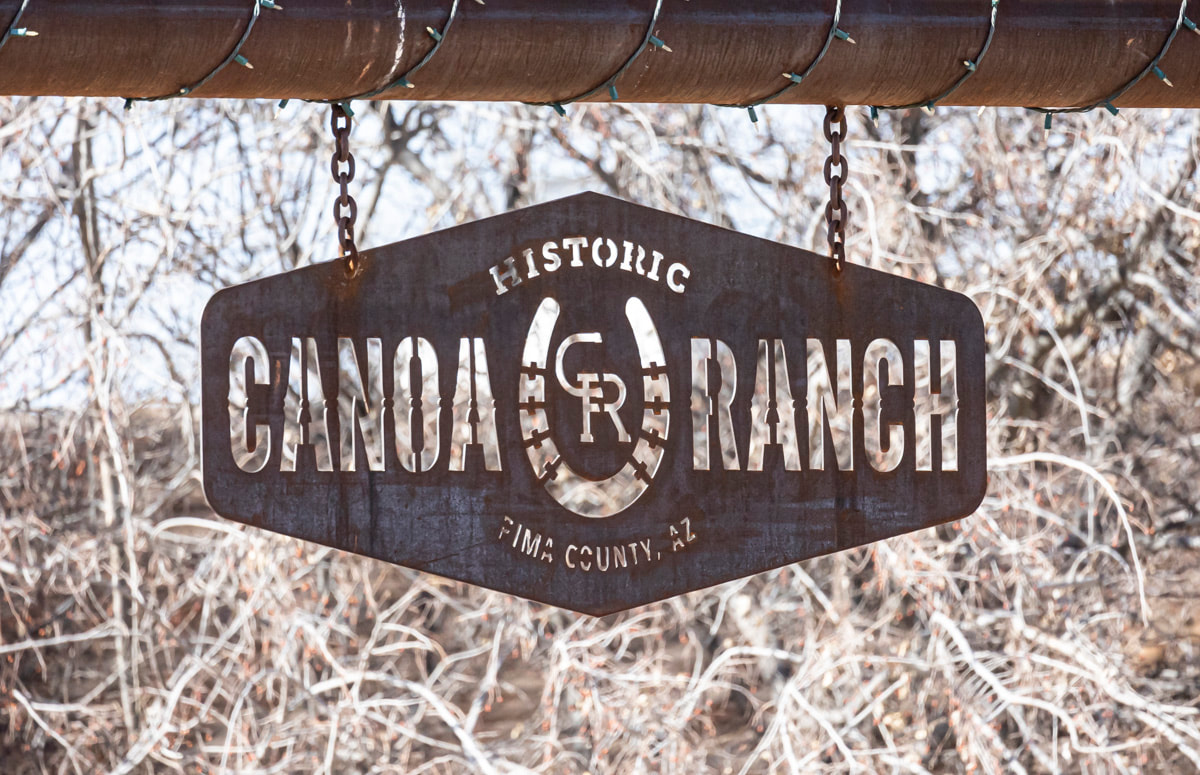





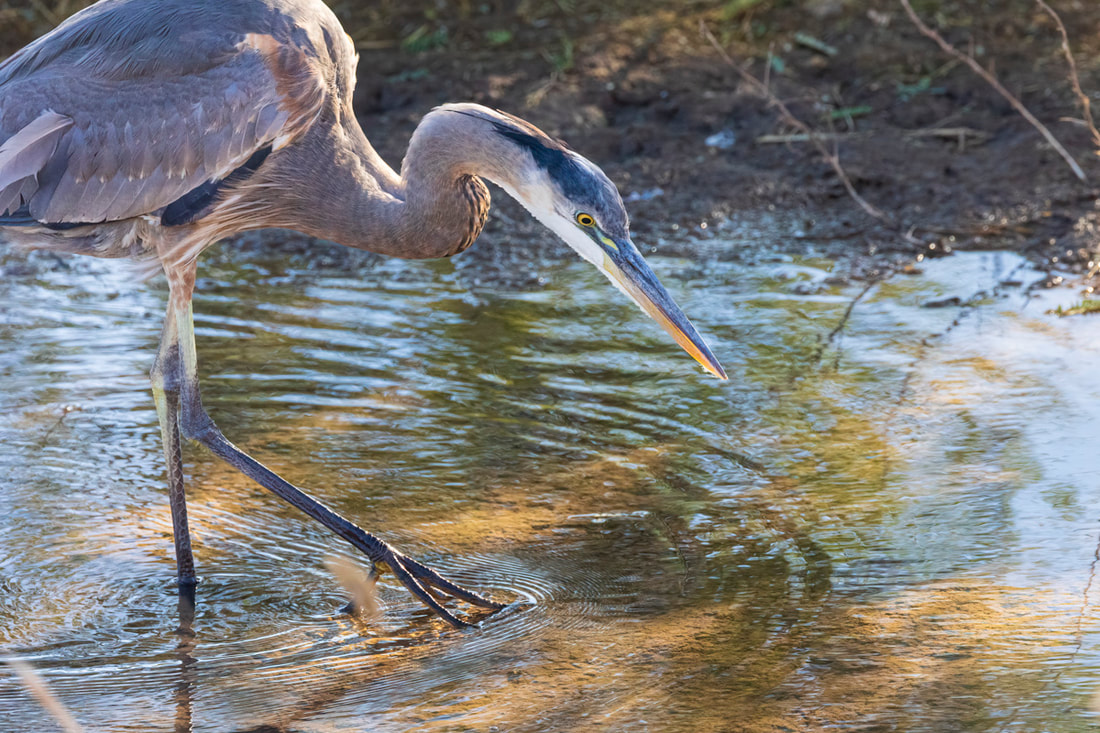
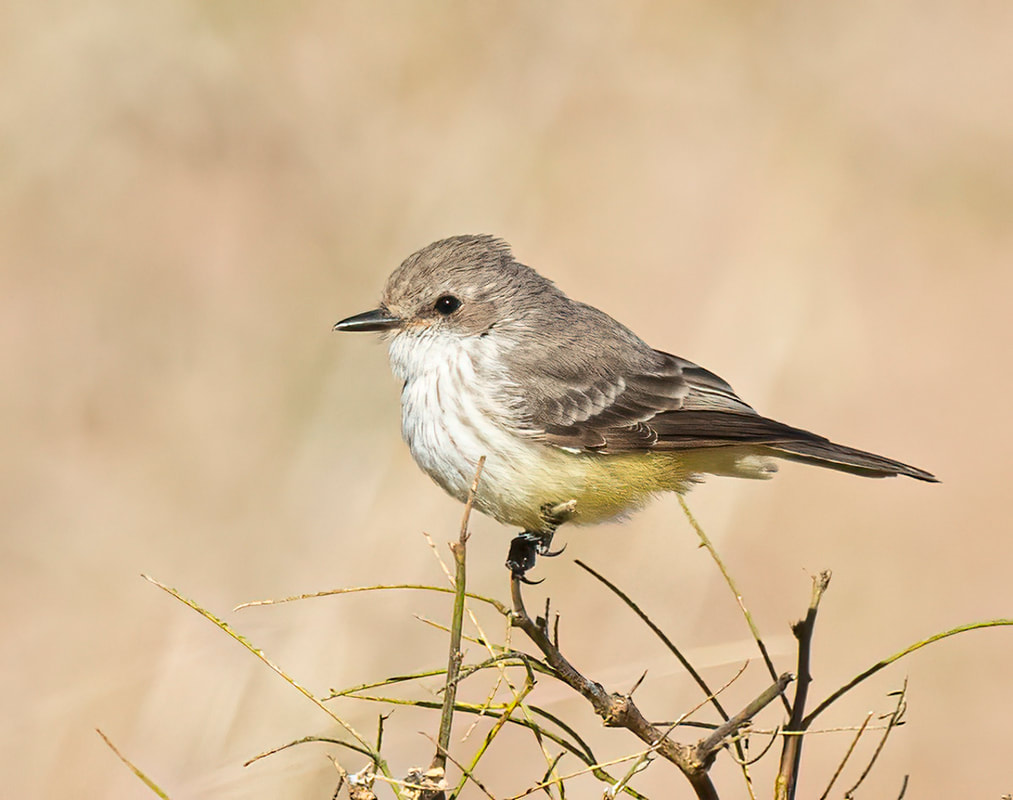
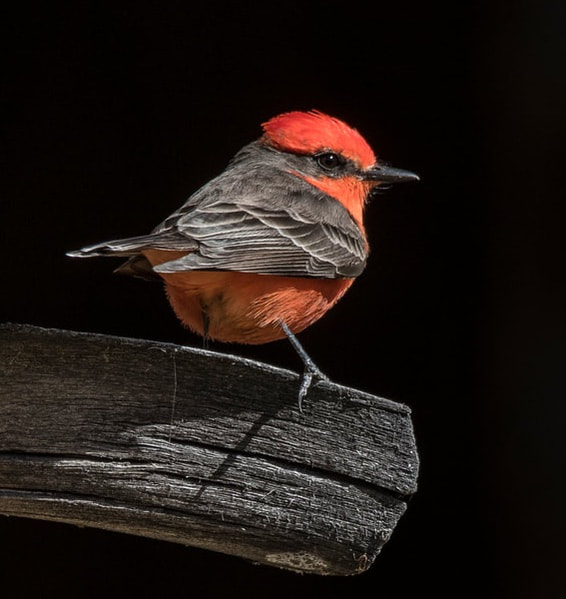


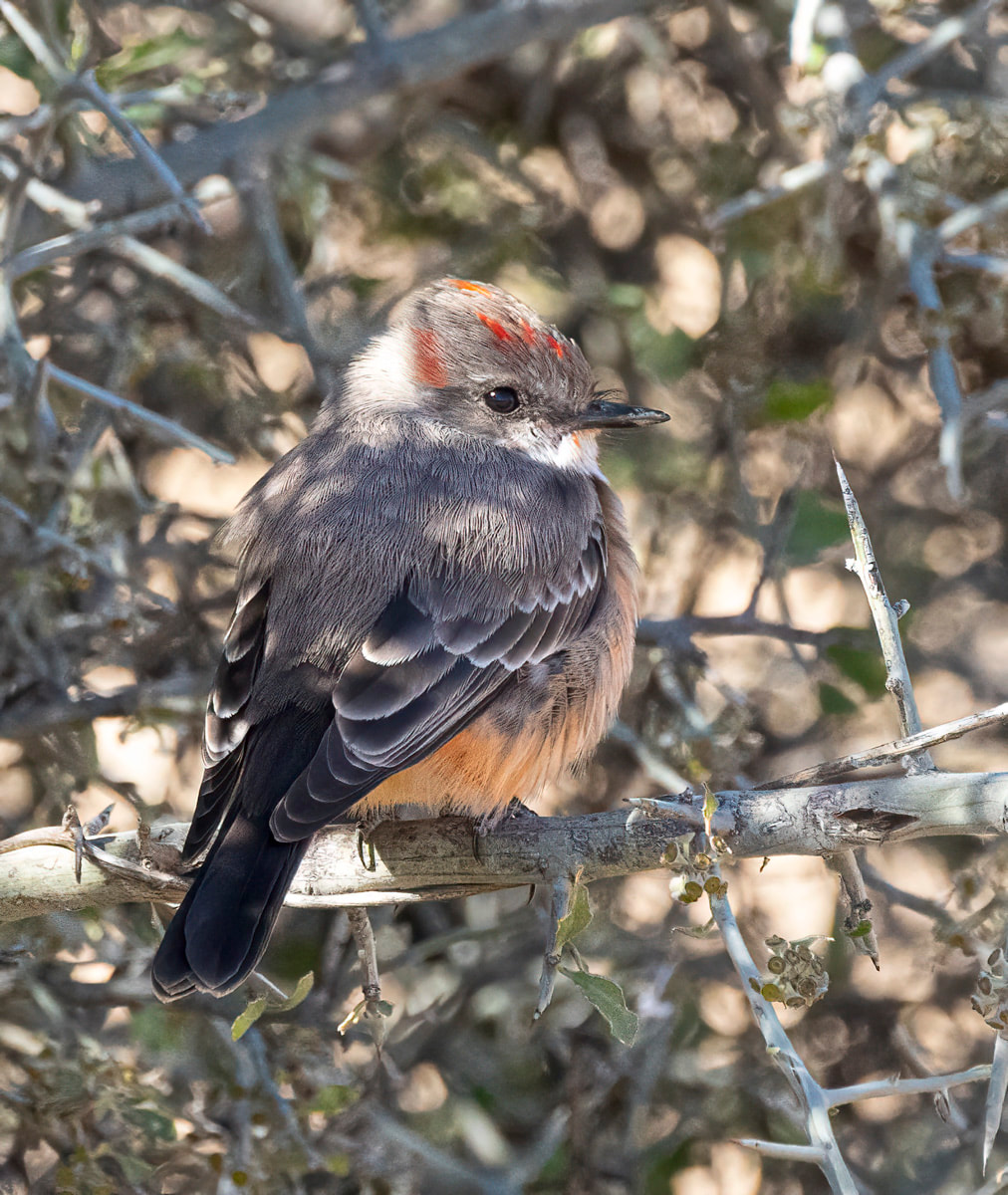


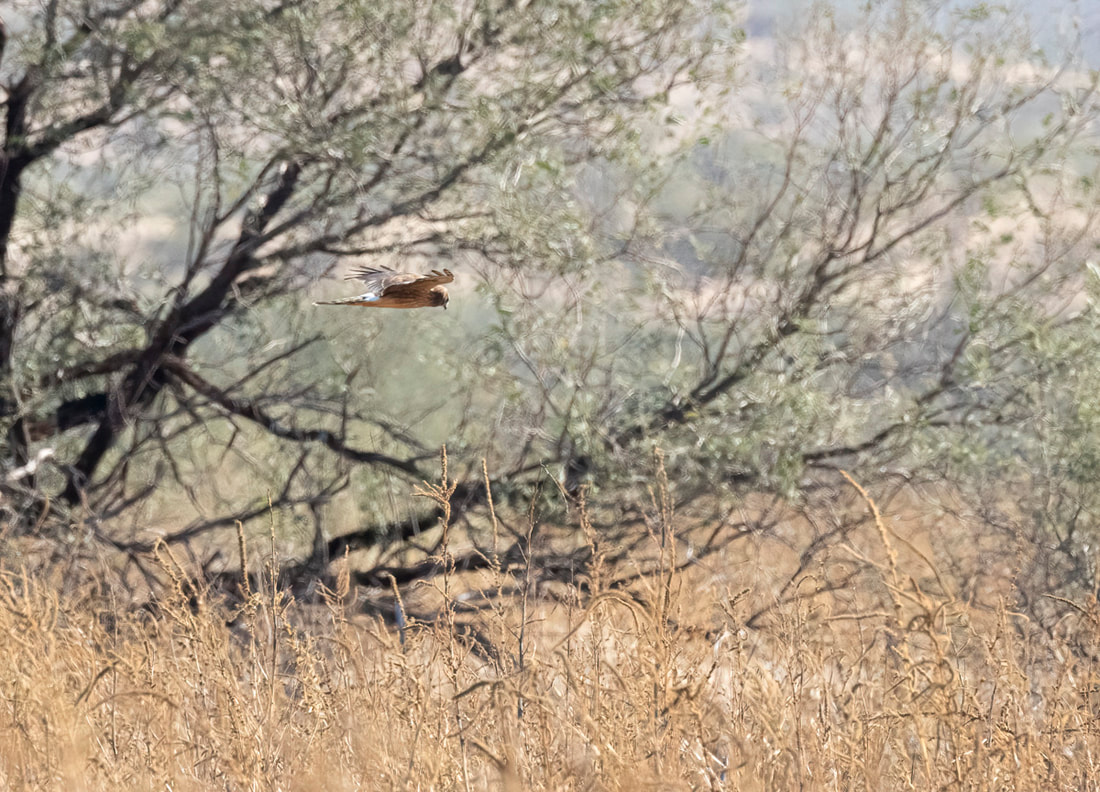



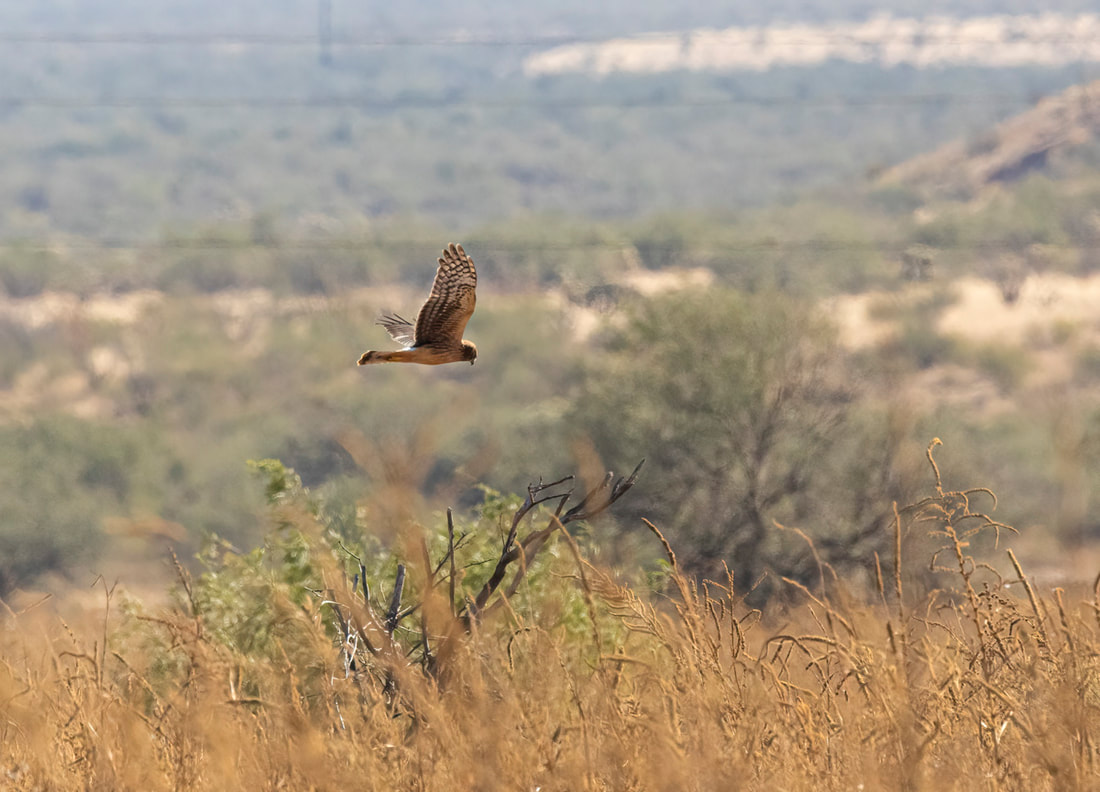
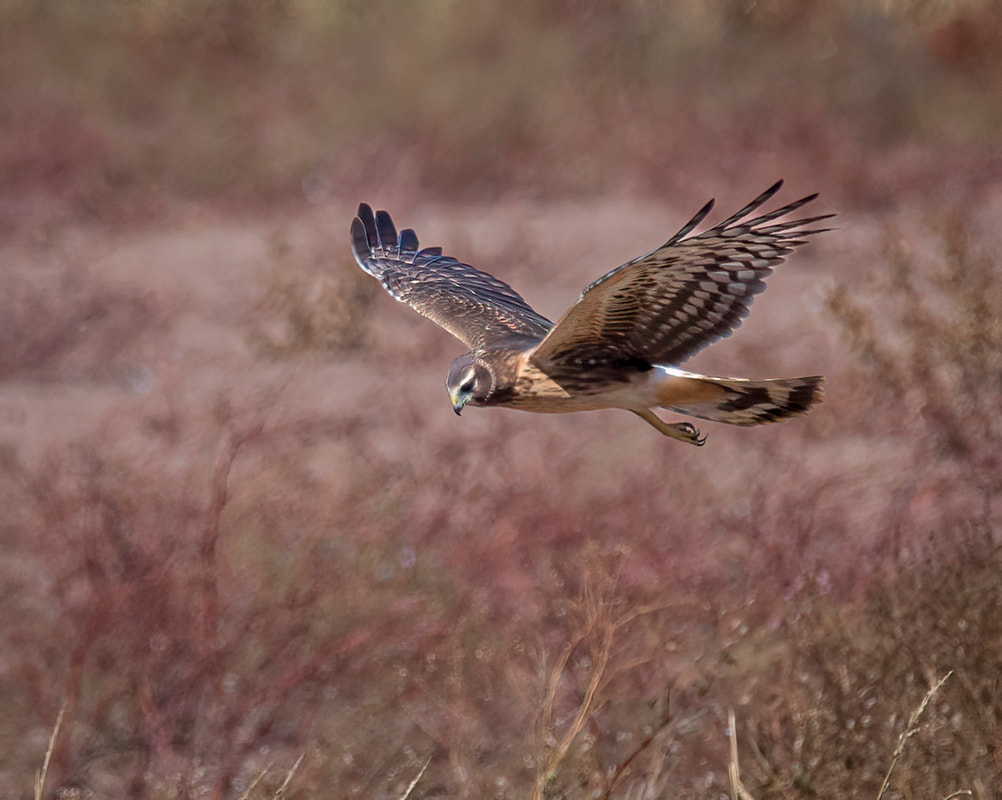

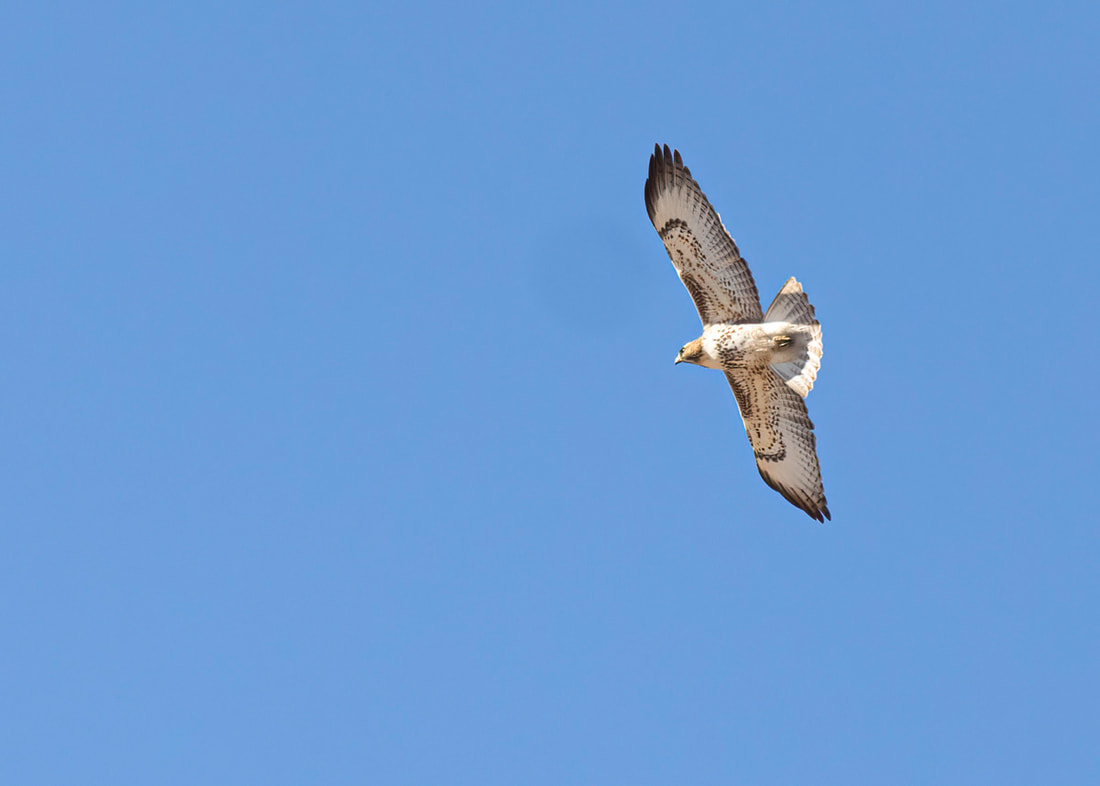

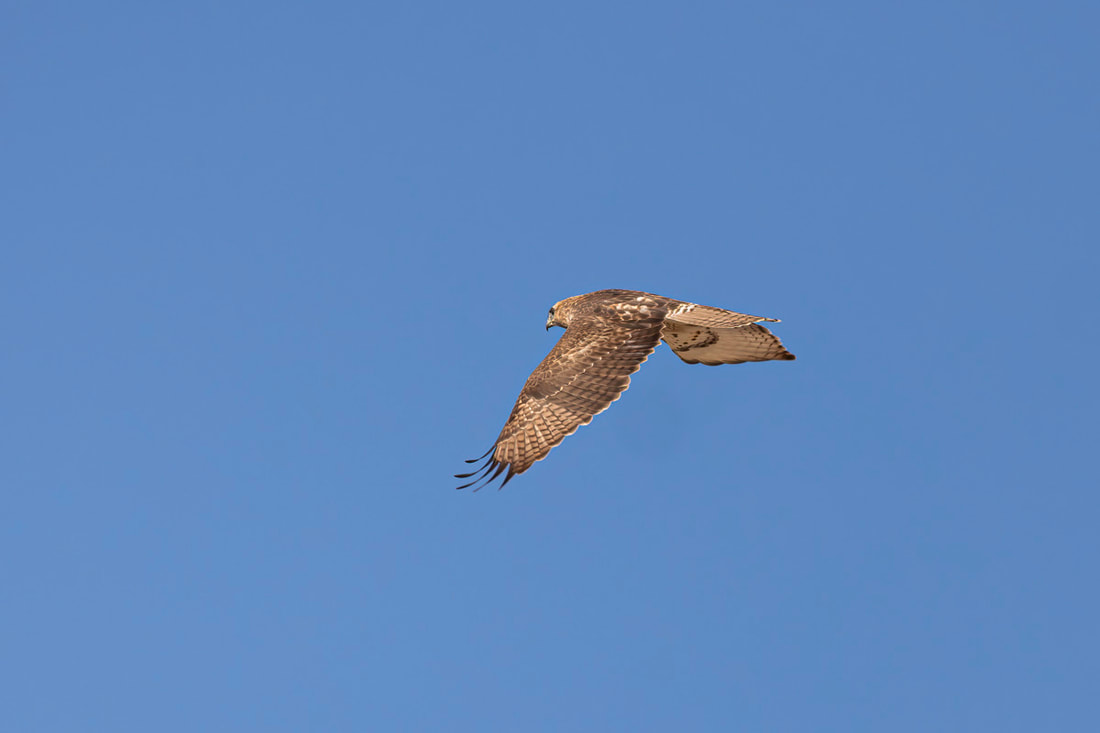

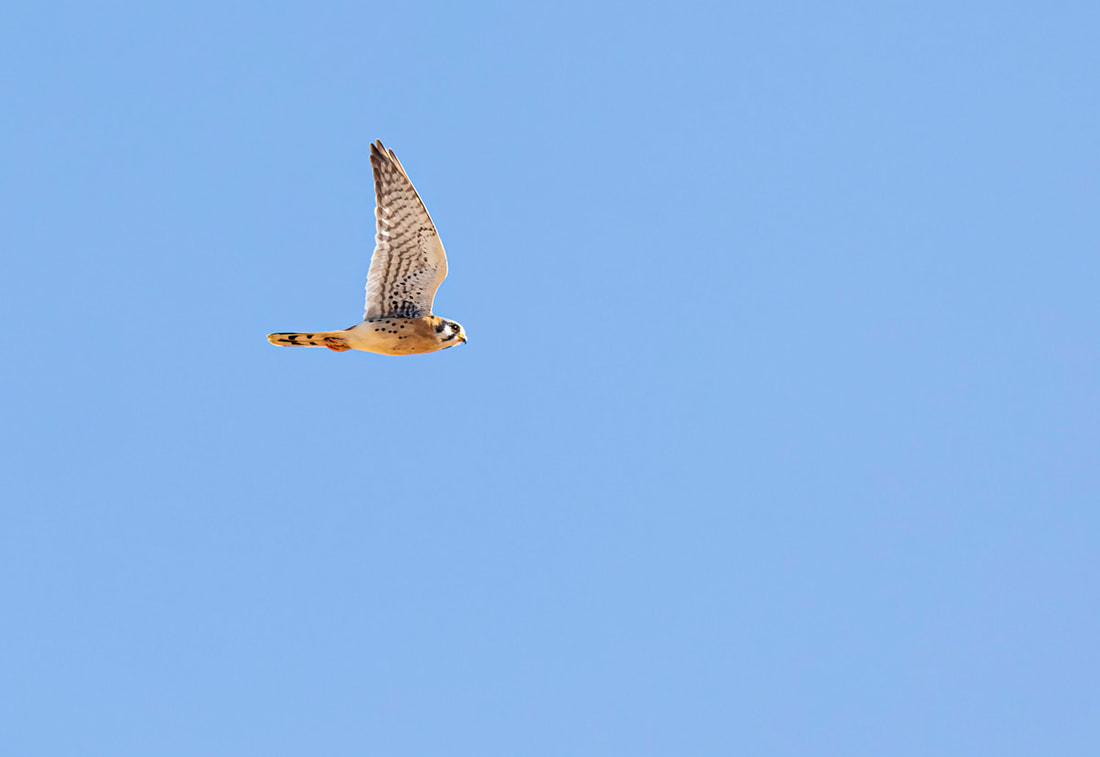
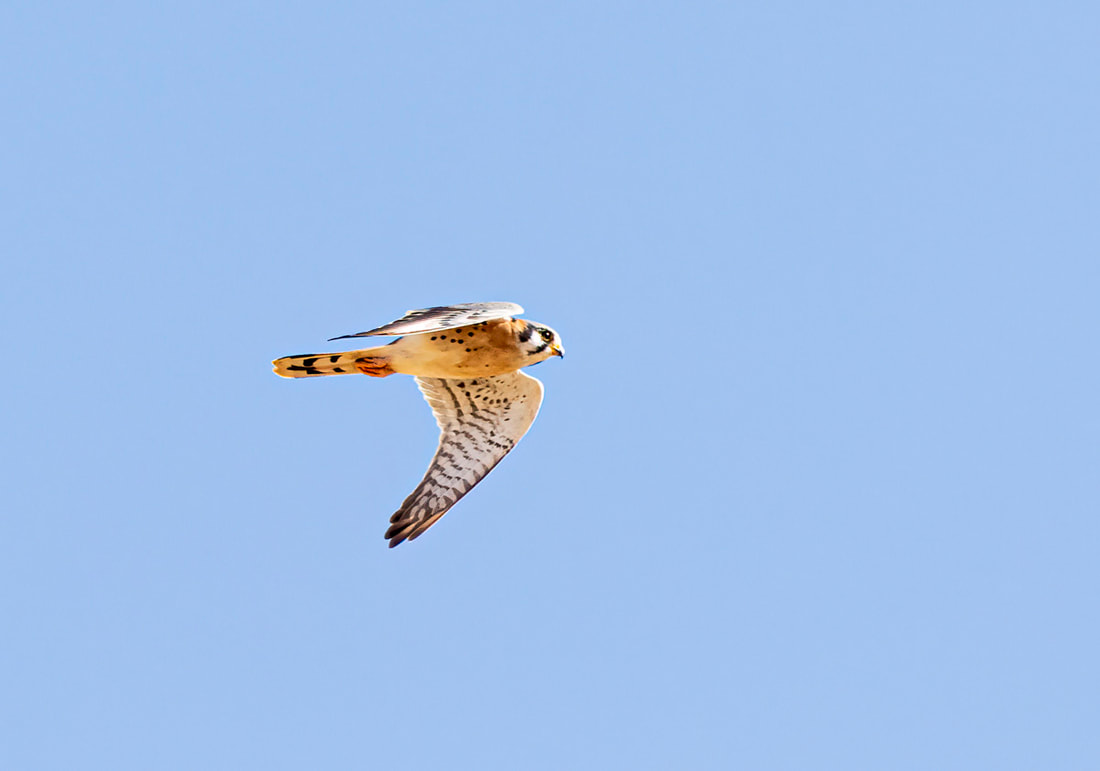

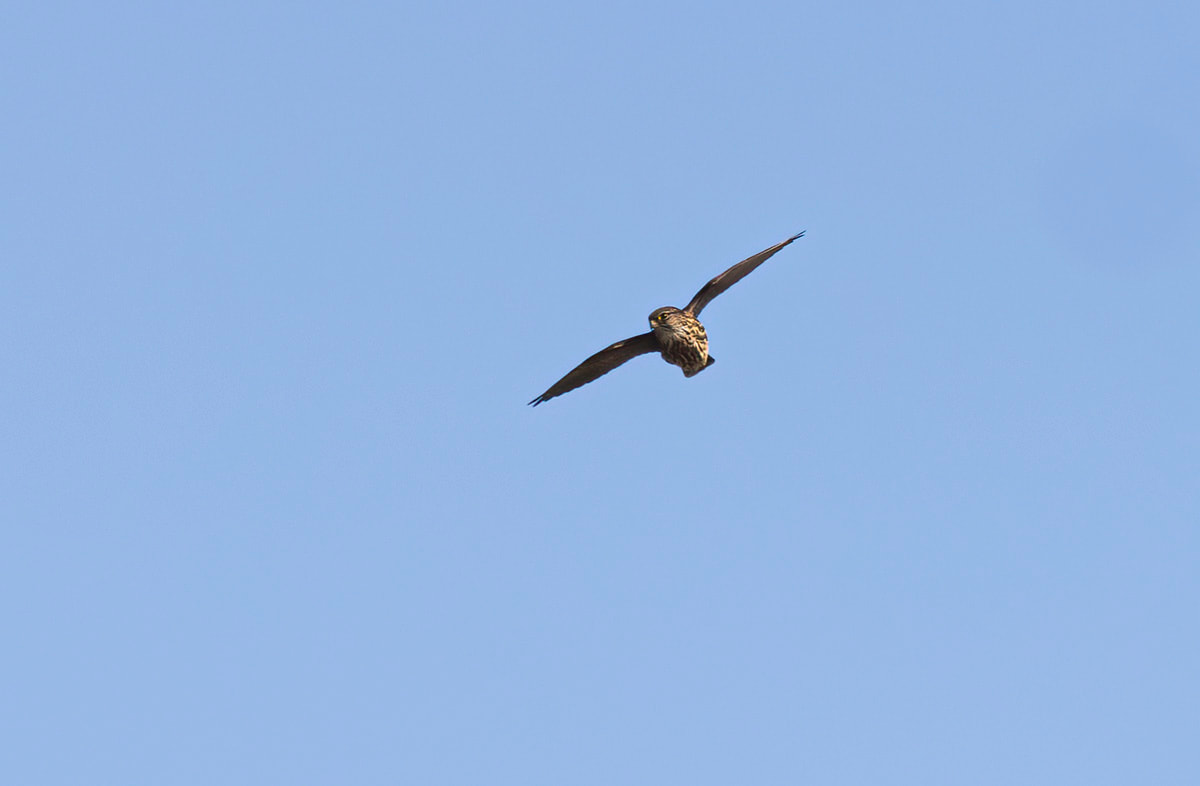

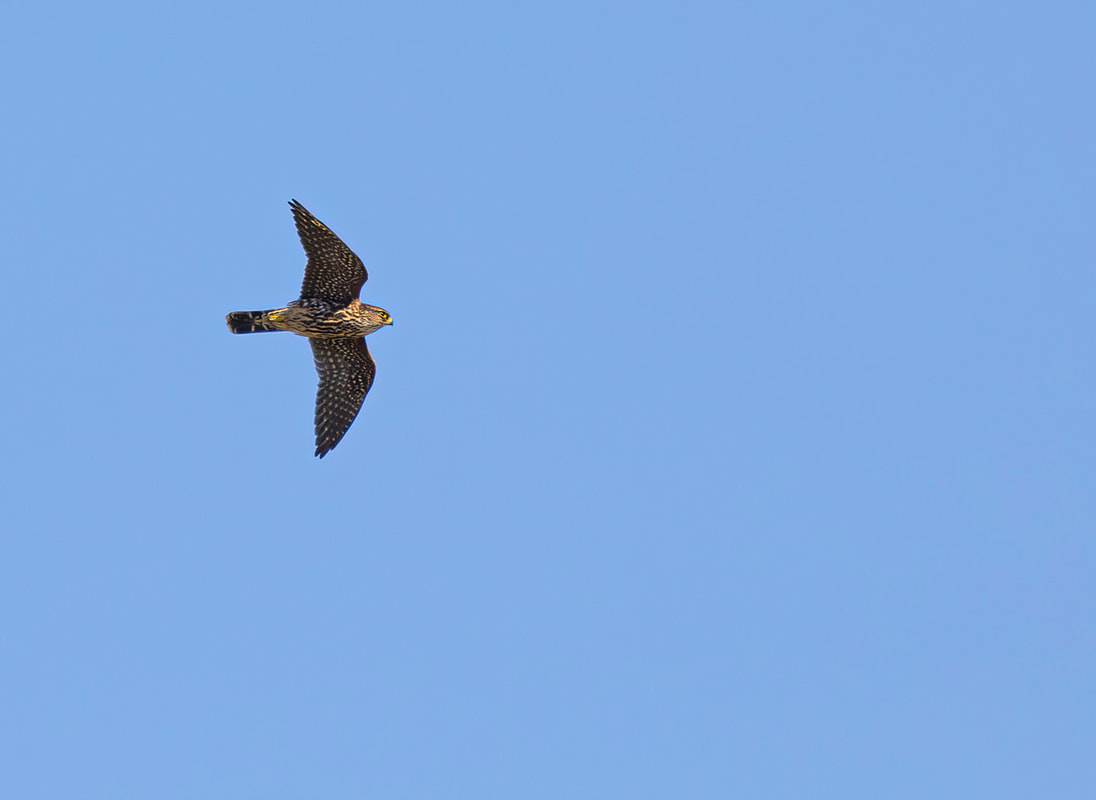
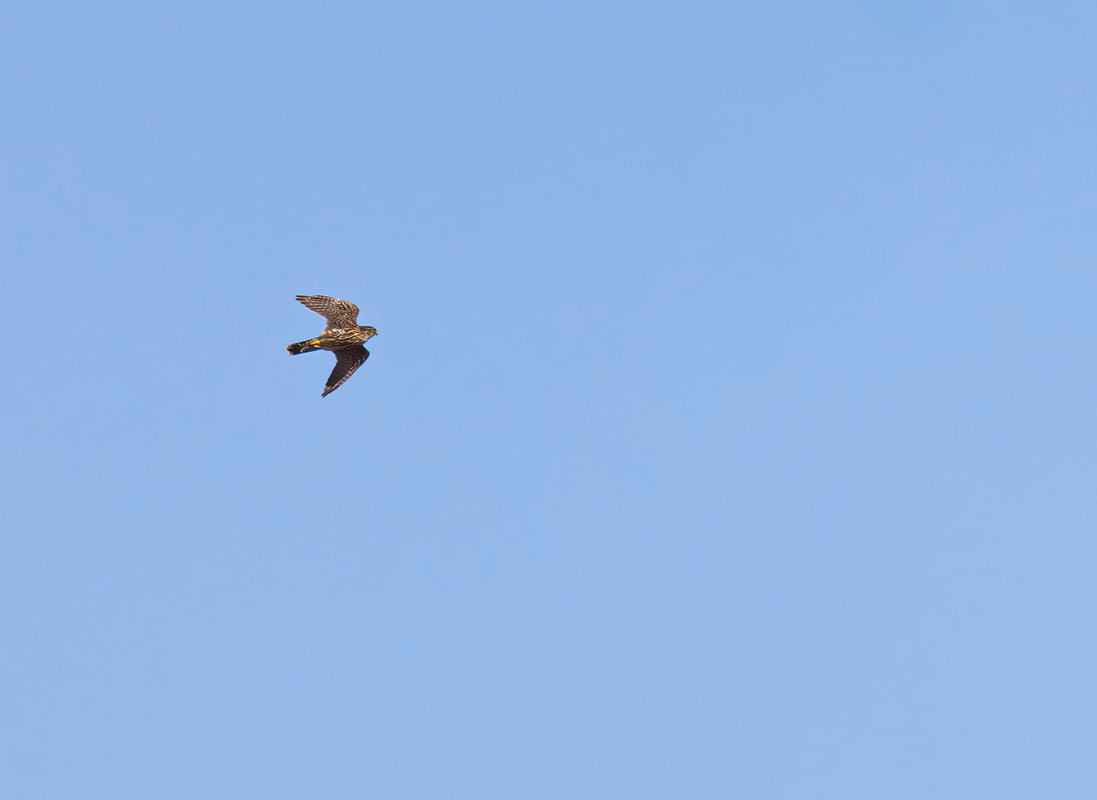


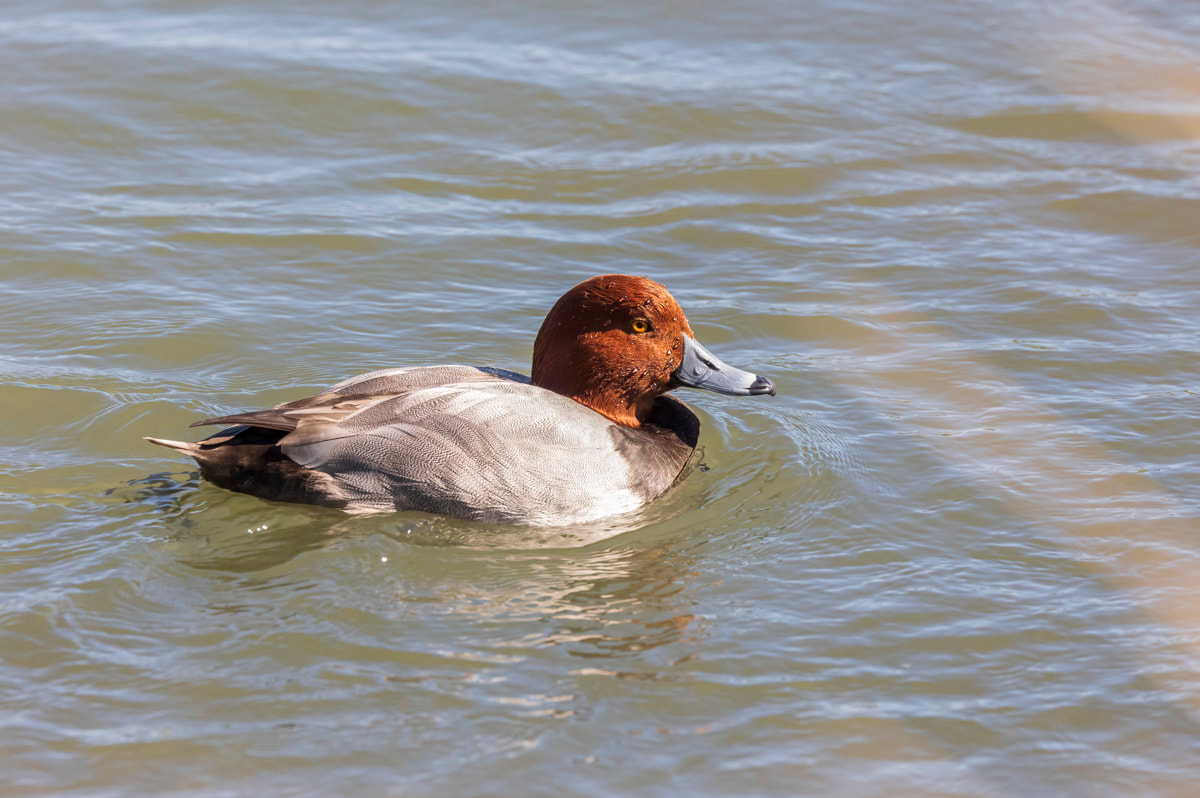

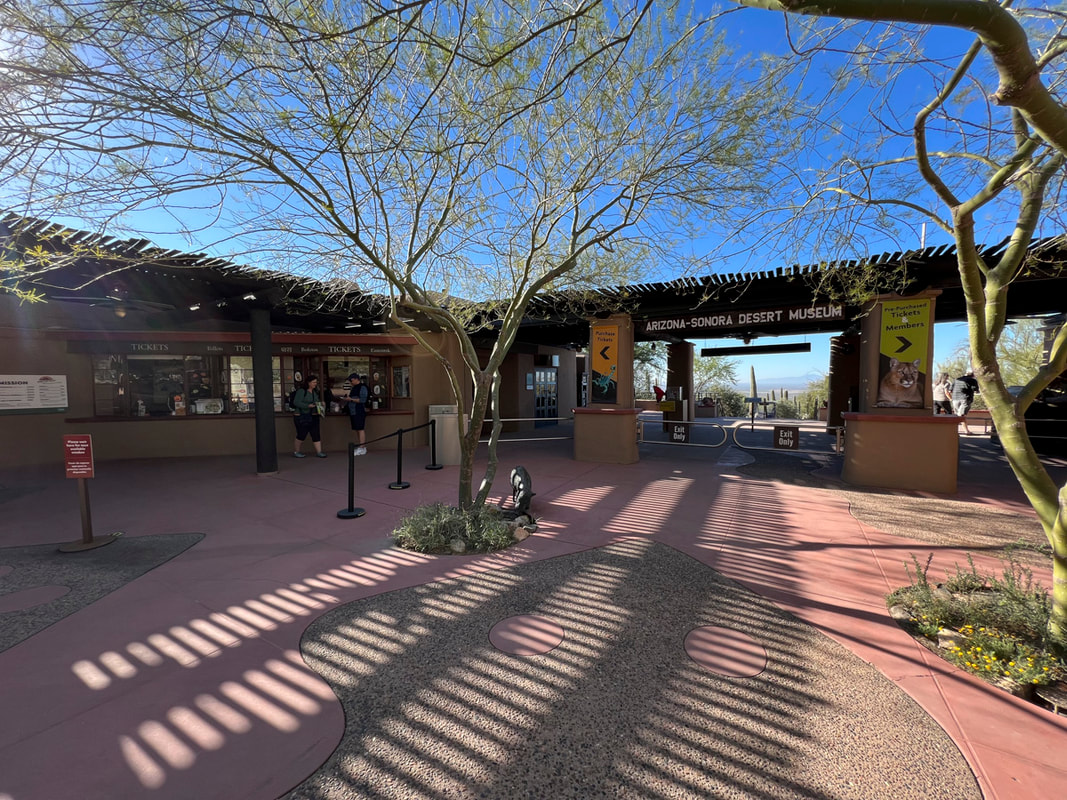
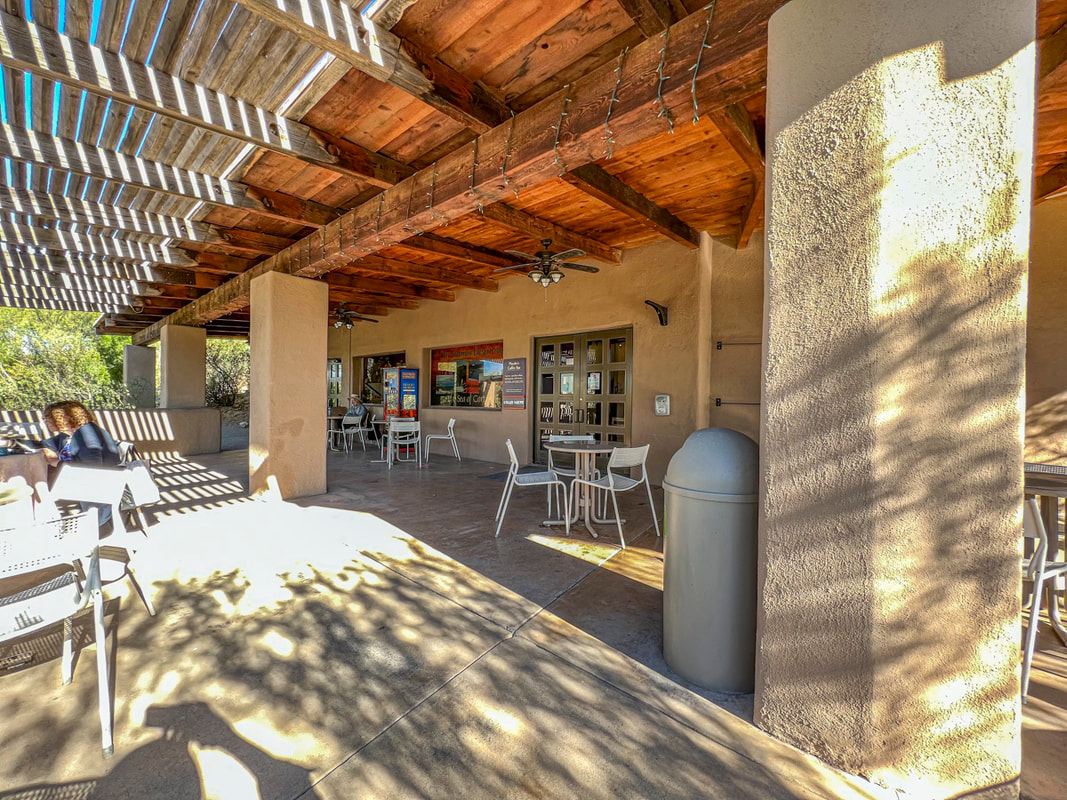
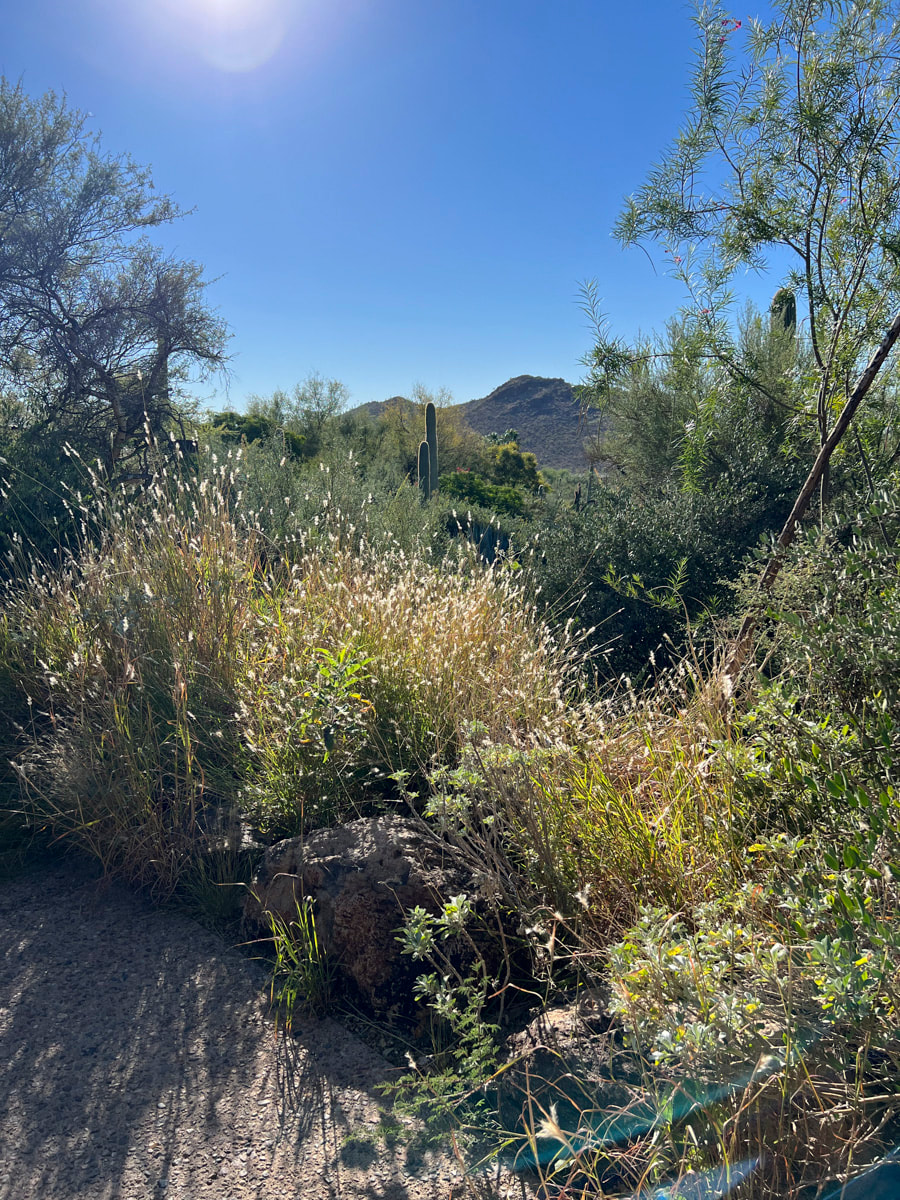

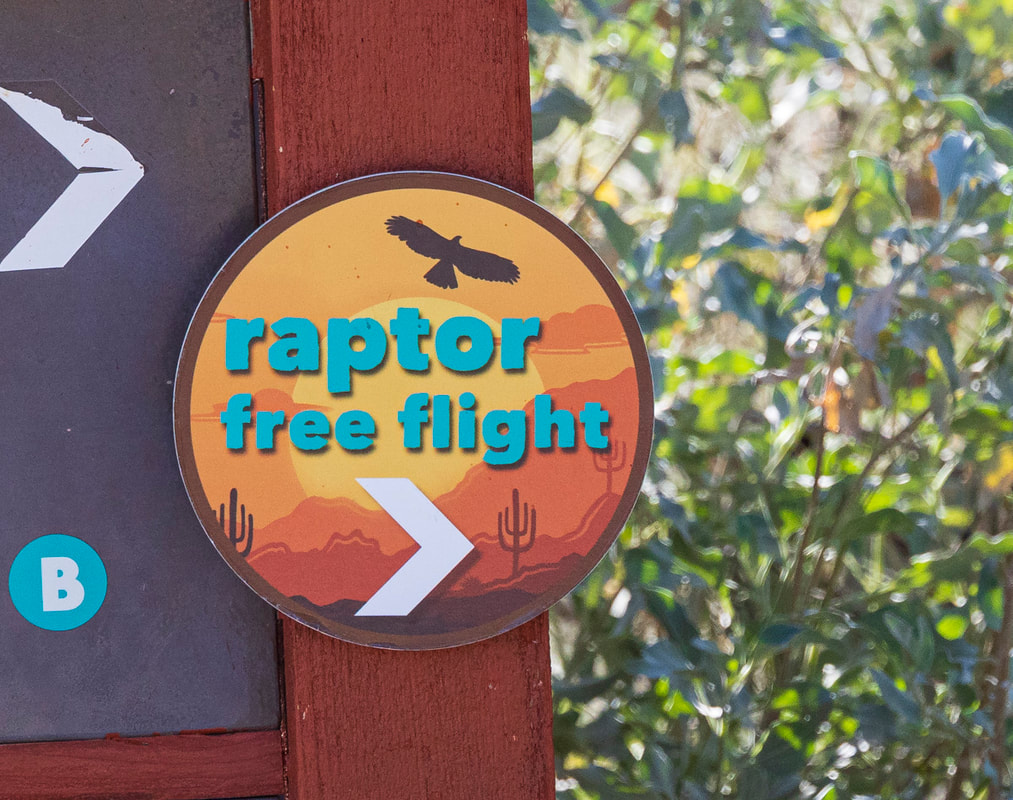







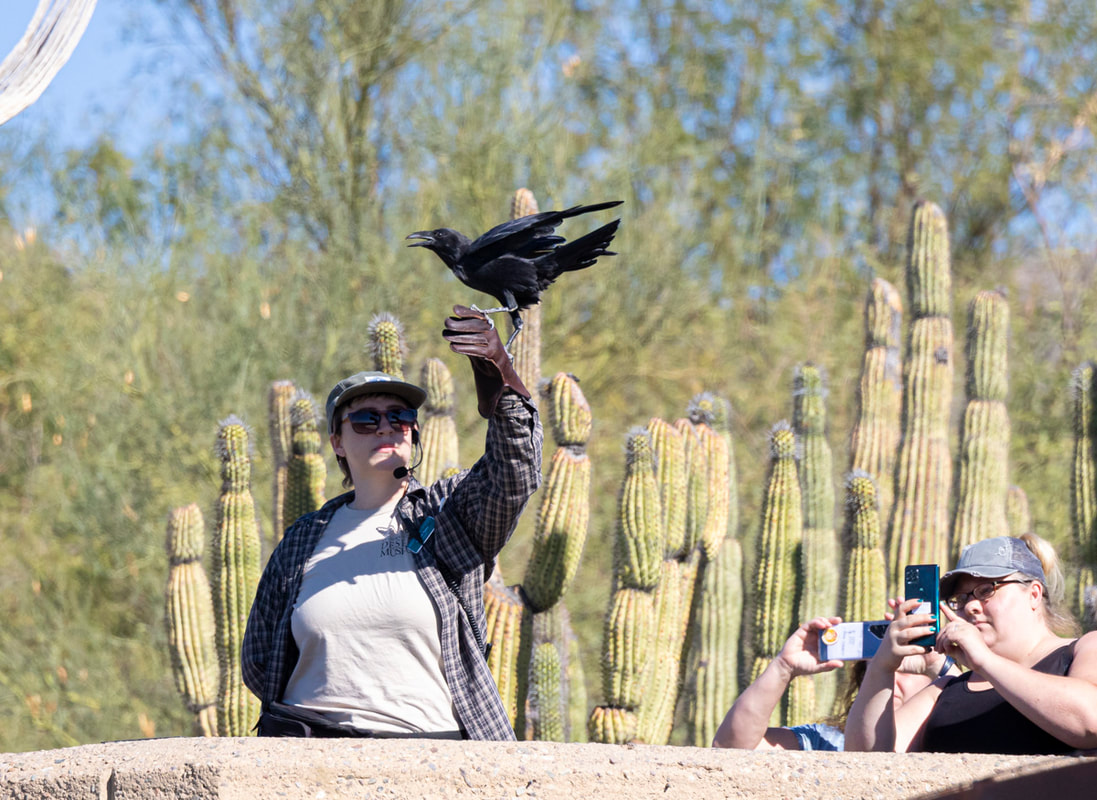


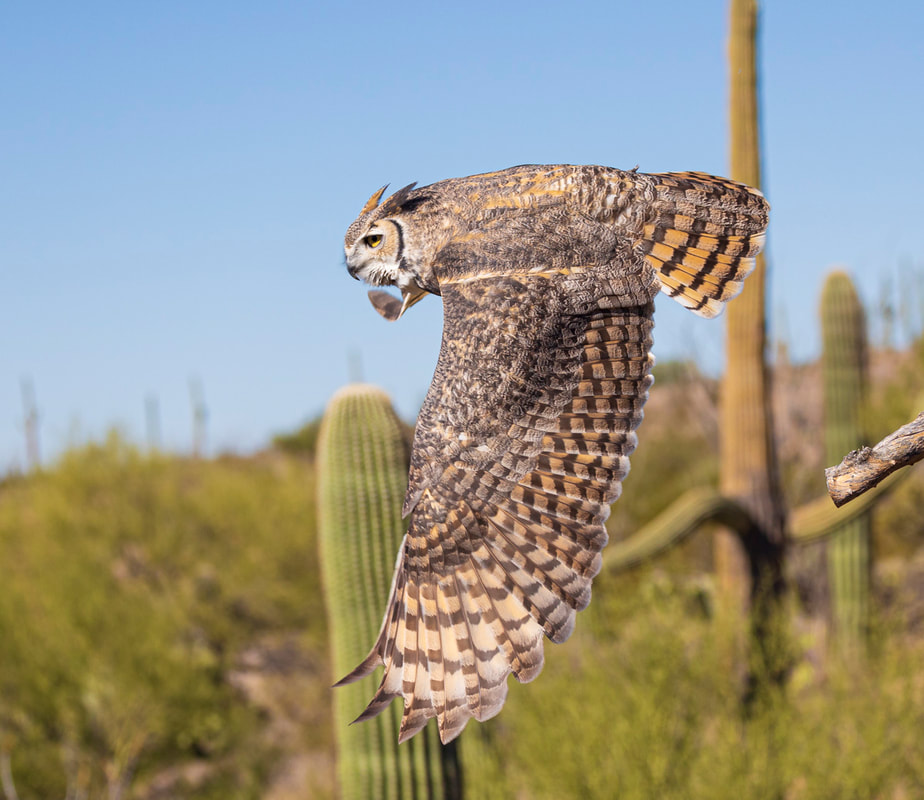



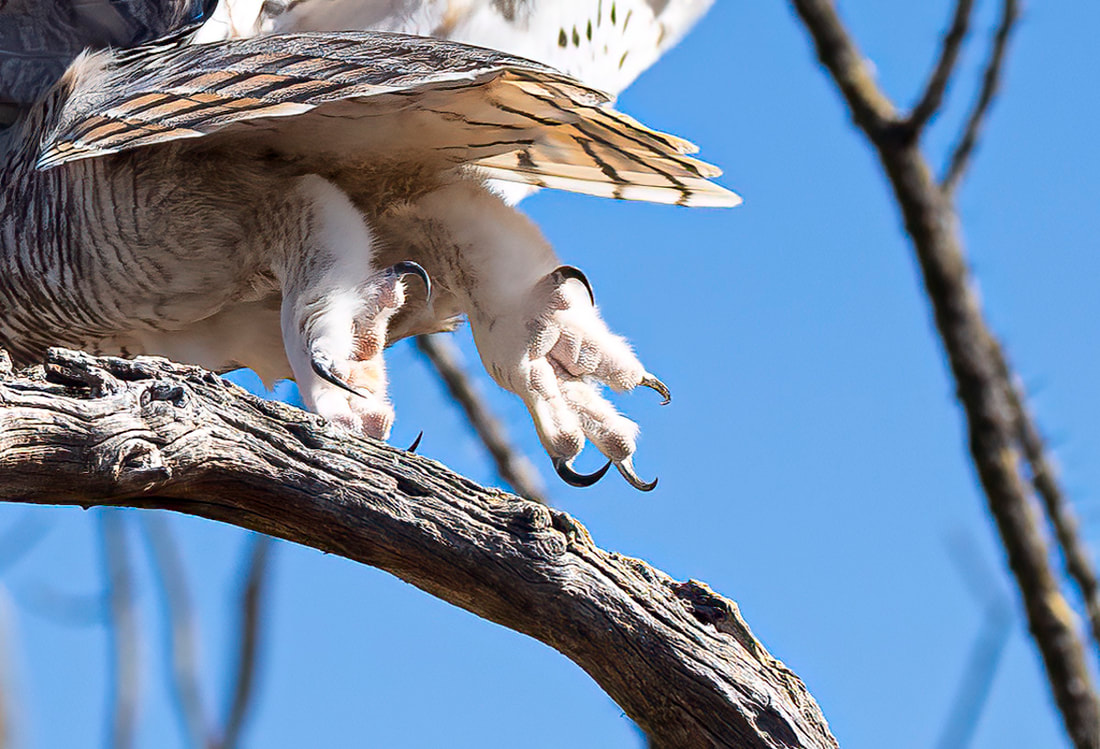







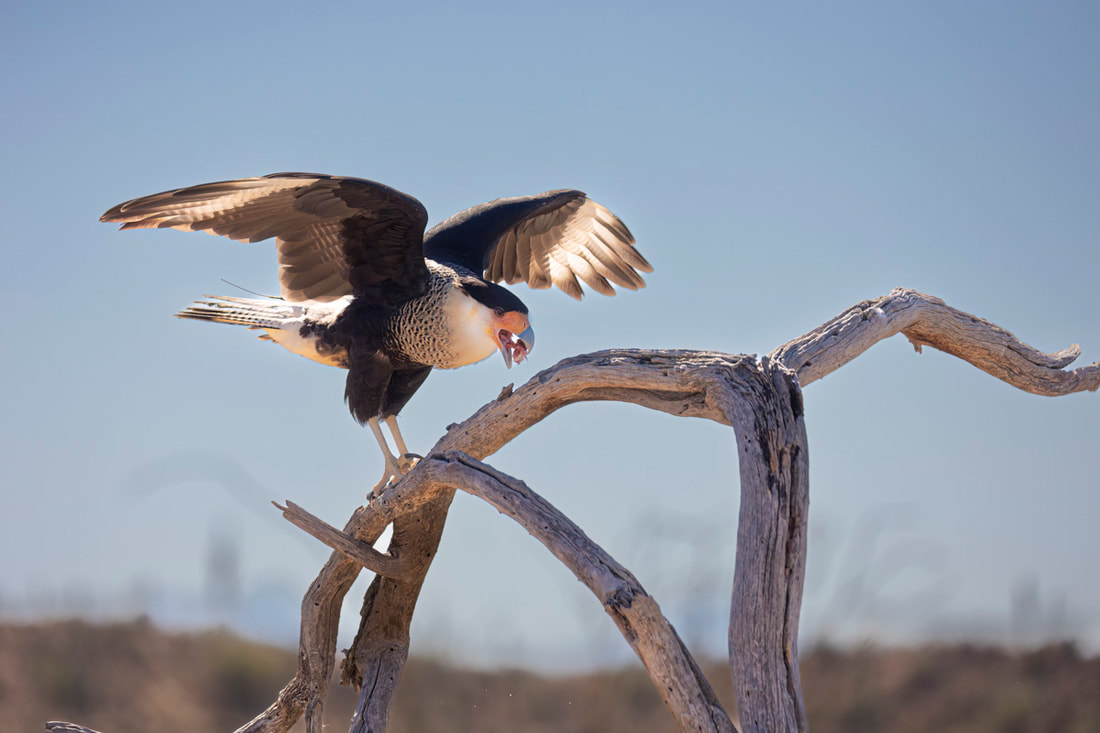











 RSS Feed
RSS Feed